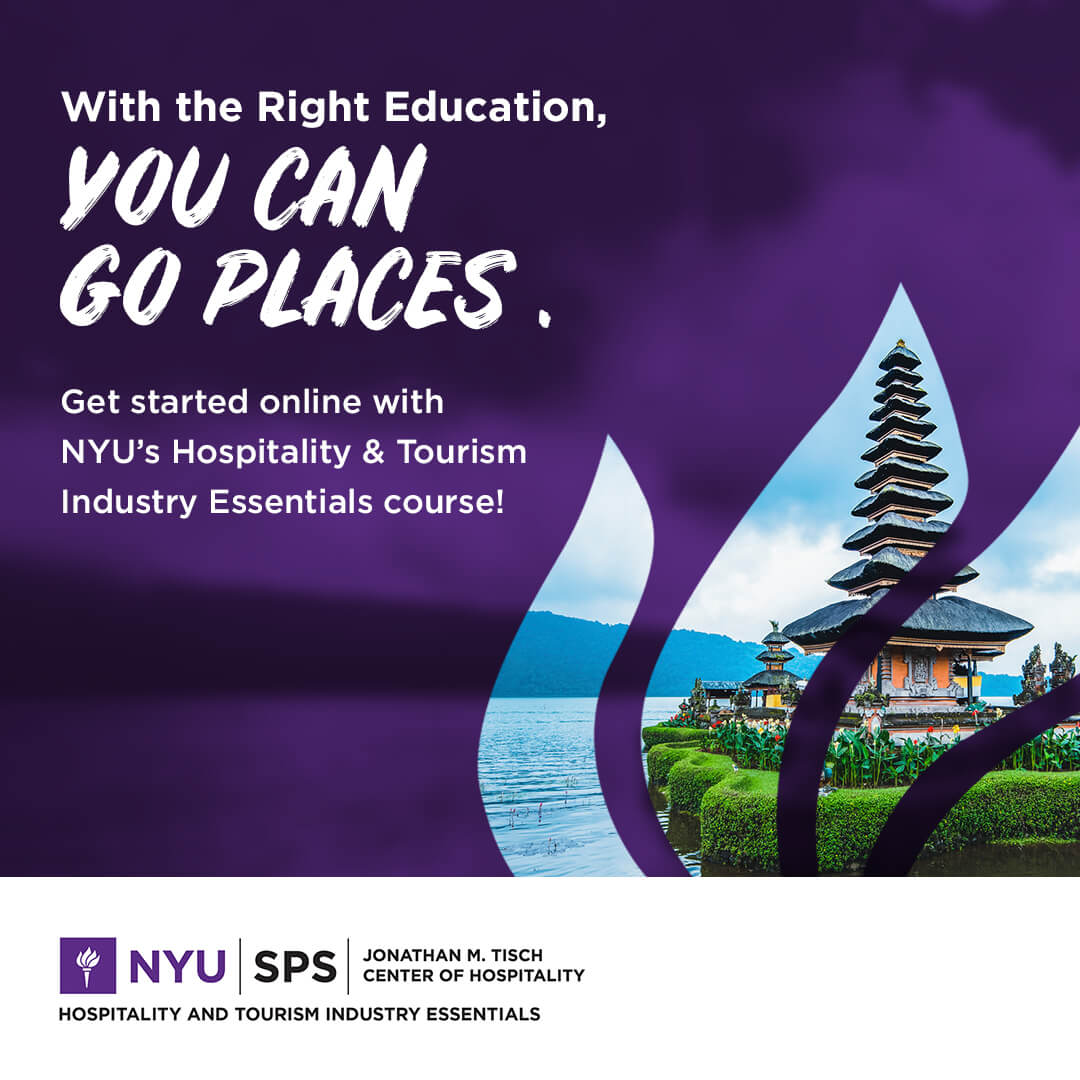In the competitive landscape of the tourism industry, effective branding is crucial for destinations to stand out and attract visitors. Branding destination tourism involves creating a unique identity that captures the essence of a place, resonates with the target audience, and differentiates it from other destinations. By implementing the right strategies, destinations can enhance their visibility, appeal, and overall success in the market.
Define Your Destination’s Unique Selling Proposition
One of the fundamental steps in branding destination tourism is identifying and defining your destination’s unique selling proposition (USP). What sets your destination apart from others? Is it the natural beauty, cultural heritage, adventure activities, or culinary experiences?
Understanding what makes your destination special and different is essential for creating a compelling brand that resonates with travelers. Conduct market research, gather feedback from visitors, and analyze competitors to uncover your destination’s USP.
Develop a Strong Visual Identity
Visual elements play a significant role in branding destination tourism. Develop a strong visual identity that reflects the essence of your destination. This includes creating a distinctive logo, selecting a color palette that conveys the destination’s personality, and choosing imagery that showcases its unique attractions.
Consistency in visual branding across all marketing materials, websites, and social media platforms helps to reinforce brand recognition and build a strong brand image.
Tell Compelling Stories
Storytelling is a powerful tool in branding destination tourism. Use storytelling to create emotional connections with travelers, evoke their curiosity, and inspire them to visit your destination. Share authentic stories about the destination’s history, culture, traditions, and people.
Highlight unique experiences, local legends, and hidden gems that capture the imagination of travelers. By weaving engaging narratives into your branding efforts, you can create a memorable and impactful brand identity for your destination.
Collaborate with Influencers and Content Creators
Influencer marketing has become increasingly popular in the travel industry. Collaborating with influencers, travel bloggers, and content creators can help amplify your destination’s brand reach and visibility.
Partner with influencers who align with your destination’s values and target audience to create authentic and engaging content that showcases the best of what your destination has to offer. Leveraging the reach and influence of content creators can help increase brand awareness, drive engagement, and attract more visitors to your destination.
Engage with the Local Community
The local community plays a vital role in shaping the identity and perception of a destination. Engage with local residents, businesses, and organizations to involve them in your branding efforts. Showcasing local artisans, promoting community events, and supporting sustainable practices can enhance the authenticity and appeal of your destination.
By fostering strong relationships with the local community, you can build a positive brand reputation, foster loyalty, and create a vibrant destination that resonates with visitors.
Leverage Digital Marketing Channels
In today’s digital age, an effective online presence is essential for branding destination tourism. Utilize digital marketing channels such as social media, search engine optimization (SEO), content marketing, and email campaigns to reach and engage with your target audience. Create engaging and informative content that highlights the unique experiences and attractions of your destination.
Use targeted advertising to reach potential travelers and drive traffic to your website. Monitoring and analyzing digital marketing metrics can help optimize your strategies and improve brand performance.
Focus on Sustainability and Responsible Tourism
Sustainability and responsible tourism practices are increasingly important considerations for travelers when choosing destinations to visit. Incorporate sustainability initiatives, eco-friendly practices, and community engagement efforts into your branding strategy.
Showcase your destination’s commitment to environmental conservation, cultural preservation, and social responsibility. By promoting sustainable tourism practices, you can attract eco-conscious travelers, differentiate your destination, and contribute to the long-term success and preservation of your destination.
Monitor and Measure Brand Performance
To ensure the effectiveness of your branding efforts, it is essential to monitor and measure brand performance regularly. Track key performance indicators (KPIs) such as brand awareness, brand perception, website traffic, social media engagement, and visitor feedback.
Use analytics tools to gather data, analyze trends, and identify areas for improvement. By monitoring brand performance, you can make informed decisions, refine your branding strategies, and continuously enhance the visibility and impact of your destination brand.
Stay Agile and Adapt to Changing Trends
The tourism industry is dynamic and constantly evolving, with new trends, technologies, and consumer preferences shaping the way travelers engage with destinations. Stay agile and adaptable in your branding strategies to respond to changing market conditions and consumer behaviors.
Keep updated on industry trends, competitor activities, and emerging technologies to stay ahead of the curve. By remaining flexible and innovative, you can position your destination brand for long-term success and relevance in the competitive tourism landscape.
Foster Collaboration and Partnerships
Collaboration and partnerships with industry stakeholders, tourism boards, travel agencies, and local businesses can amplify the impact of your branding efforts. Work together with key partners to co-create marketing campaigns, promotional activities, and experiential offerings that showcase the best of your destination.
By fostering collaboration and building strategic partnerships, you can leverage collective resources, expertise, and networks to enhance brand visibility, reach new audiences, and drive visitor engagement.
Key Takeaways:
- Define your destination’s unique selling proposition to differentiate it from competitors.
- Develop a strong visual identity to enhance brand recognition and consistency.
- Utilize storytelling to create emotional connections and inspire travelers to visit.
- Collaborate with influencers and content creators to amplify brand reach and visibility.
- Engage with the local community to build a positive brand reputation and loyalty.
- Leverage digital marketing channels for an effective online presence and engagement.
- Focus on sustainability and responsible tourism practices to attract eco-conscious travelers.
- Monitor and measure brand performance to make informed decisions and improvements.
- Stay agile and adapt to changing trends in the dynamic tourism industry.
- Foster collaboration and partnerships to enhance brand visibility and drive visitor engagement.
For further insights and a comprehensive understanding of branding destination tourism, consider taking the NYU Hospitality and Tourism Industry Essentials online course and certificate program offered by Yellowbrick.
This program can provide you with valuable knowledge and skills to excel in the tourism industry and elevate your branding strategies for destination success.







